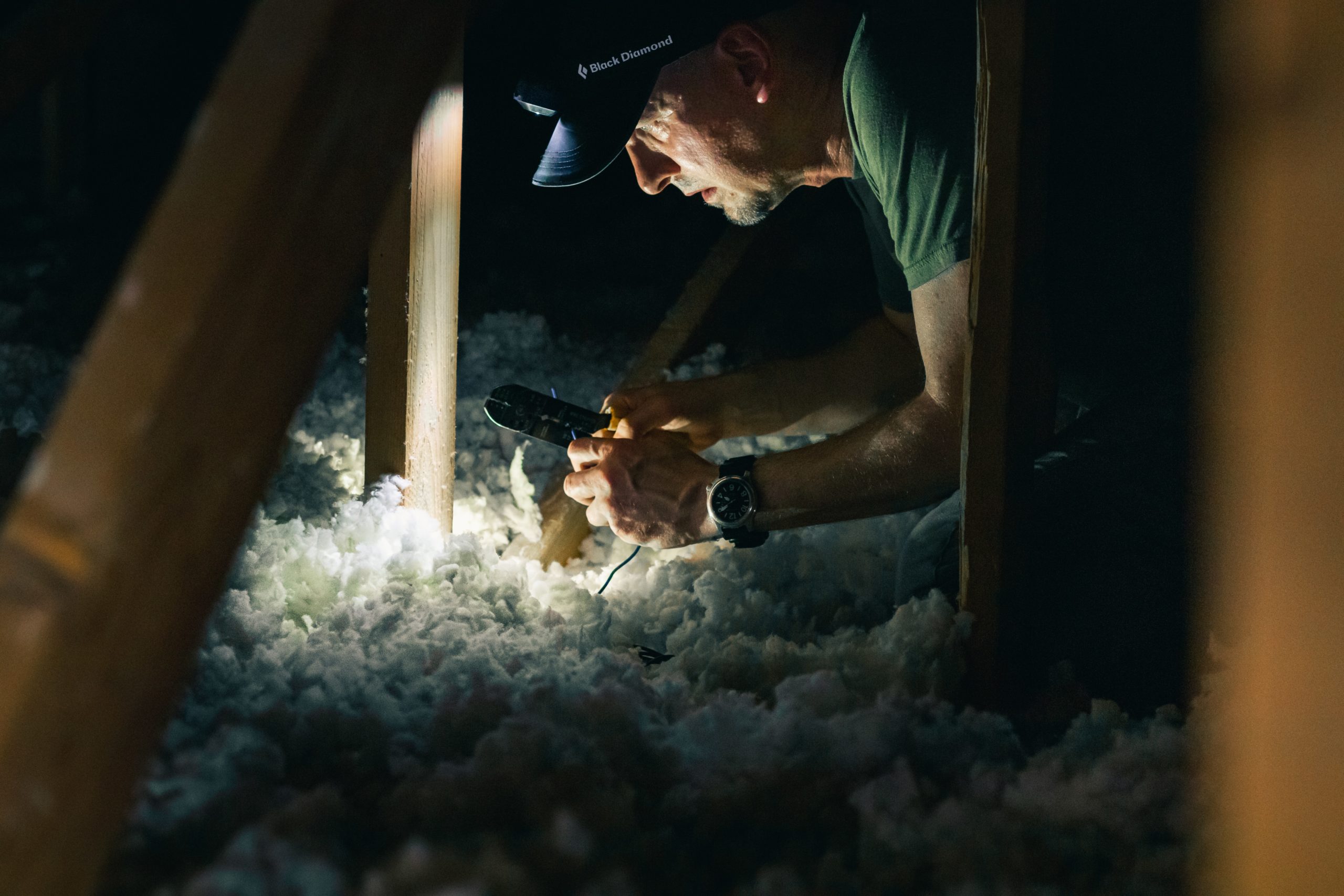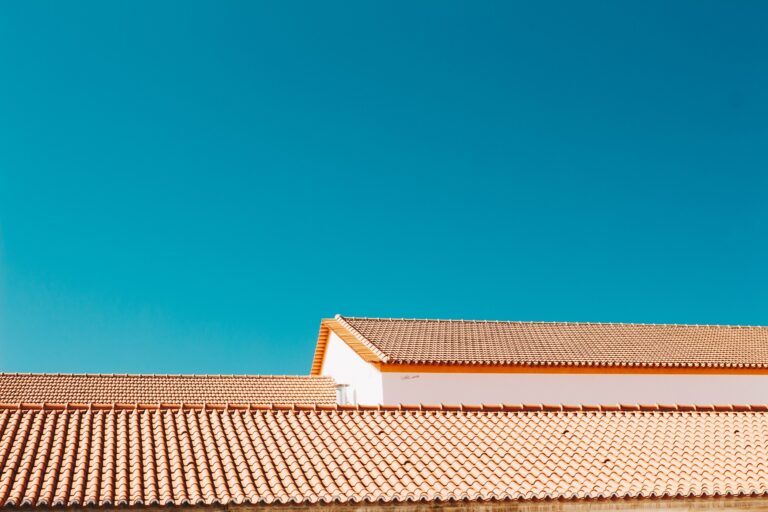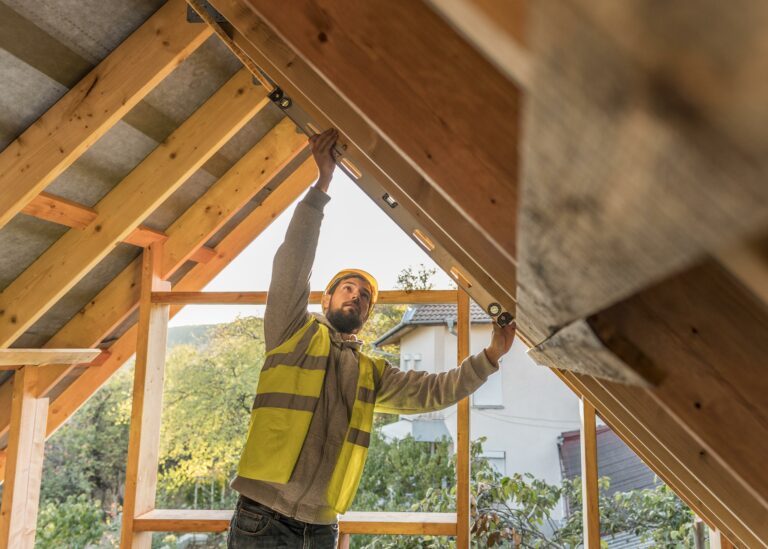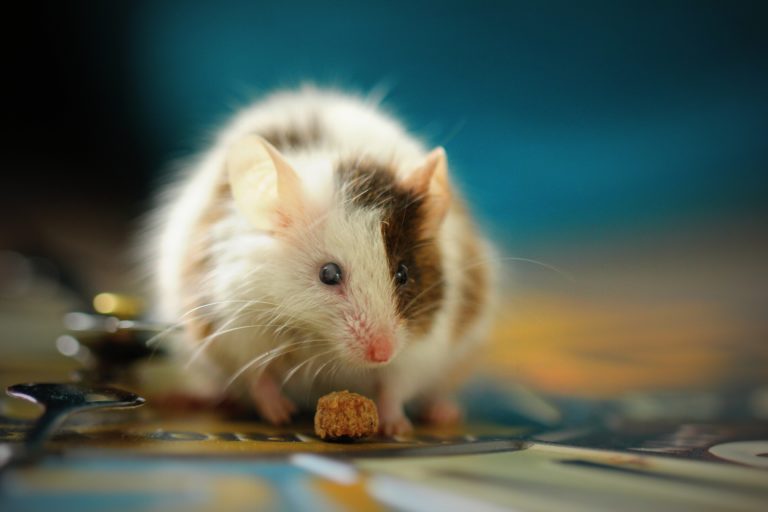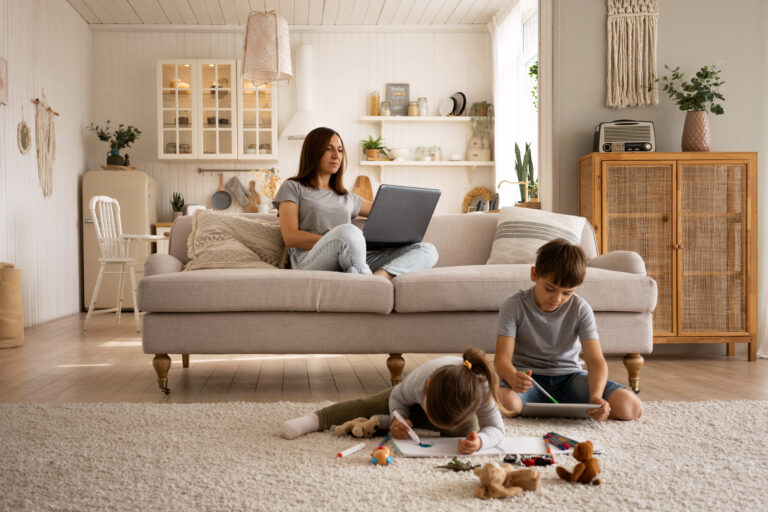Purchasing a Home With a Crawl Space? Here’s What You Need to Do
It can be stressful to look for a new rental or purchase house. And if you do decide to buy, you’ll want to be sure you’re going to be satisfied because it will be such an expensive investment and long-term commitment.
The location of your possible new home will determine whether a crawl space is a valuable asset or an expensive, harmful disadvantage. When looking for a property, pay close attention to this frequently disregarded area to ensure it’s kept up, tidy, and free of pests.
There are numerous structural and cosmetic factors to consider when looking for a home. Even deciding how many bedrooms and bathrooms you want might be difficult. Home buyers may easily overlook some aspects of their possible new home when attending back-to-back open houses, notably the crawl space.
The crawl space is often utilized to hide the home’s inner workings — ventilation, plumbing, or a furnace- and is also employed as an alternative to a basement. Anywhere from one to three feet in height, a crawlspace can provide additional storage, quick access to your house’s structure and mechanics, alternatives, and a few cons.
Are there different types of crawl spaces?
Yes. There are two types of crawl spaces – ventilated and conditioned.
Ventilated crawl spaces
At the foundation wall’s top are many air vents for ventilated crawl areas. To allow unrestricted outside air movement throughout the room, the vents are positioned across from one another. However, vents have been known to cause more harm than benefit because of the uncontrolled and unconditioned airflow that could result in dampness in the air, regardless of how hot or cold it is.
A vented crawl area can be insulated, but it’s not simple. Insulation is typically laid between floor joists, but it can be difficult to do so around piping, wiring, and other obstructions. Even though it may be difficult, this installation technique is used in certain new homes.
Conditioned crawl spaces
Insulated walls and a tight vapor barrier on the floor that is connected to the HVAC system are features of conditioned crawl spaces. This kind of crawl space lacks exterior vents and does not require insulation between the floor joists.
A vapor barrier that covers the soil in a crawl space is essential to preventing any extra moisture from the earth. Crawl areas may absorb significantly more humidity if this vapor barrier is absent. The vapor barrier also contributes to year-round temperature stability, which keeps the heating and cooling system operating effectively.
What are the Pros and Cons of Crawl Spaces in Homes?
The Pros of a Crawl Space
Easy accessibility
Pipes, air ducts, insulation, and all other parts of the home’s “insides” are all easily and quickly accessible from the crawl space under the house. Plumbing problems, leaks, or ducting can necessitate excavation and renovation in a slab home, and it is simpler to check the insulation and replace it as necessary. Maintenance personnel can diagnose problems quickly and effectively in the crawl space.
Secure Storage
In dry climates, a crawl room can offer extra, secure storage that is out of the weather yet convenient. Without taking up space in inside closets, camping equipment, winter clothing, and Christmas lights, all have a home.
Extra Security
An additional layer of defense against expanding tree roots, floods, shifting ground, and pest infestations is provided by a crawl space. Depending on the environment of the house, mold or vermin can readily spread to basements. In addition to being more ventilated, crawl areas prevent animals from entering your home directly. The extra elevation helps shield your home from flood floods, and the one to three feet of space gives tree roots freedom to spread out.
The Cons of a Crawl Space
Increasing mold and moisture
The growth of mold and moisture is one of the major issues that can result from neglecting your home’s crawl area. Anyone who has ever had mold issues will understand how challenging it can be to eradicate once it establishes itself.
It may also lead to several other issues. Your health can suffer, and it can be especially dangerous if people in the house have allergies or respiratory problems. Not to mention that visible mold is extremely unpleasant and that trying to keep your home dry and warm could cause energy costs to skyrocket.
Sealing and isolating any potential cracks in your home’s foundation is a great approach to stop this from happening and stop water intrusion. The necessity for this is much greater in flood-prone locations, so you should consider your local weather if purchasing a home with a crawl space.
Installing a heating system is another excellent way to combat excessive humidity and prevent jarring temperature swings throughout the year. It will also help you monitor and adjust the temperature in your crawl space.
Home invasion by pests
The last thing you want when you are at home resting is an army of pests taking over, but if your crawl space is not maintained, your family is at risk of this happening.
A neglected crawl area is the ideal breeding ground for pests, who adore moist, humid environments. Once they start to reproduce, they will infest places like the area right outside your house and even within your property. This will result in decreased hygiene standards, increased stress, and perhaps expensive removal.
Installing insulation in your crawl space is one approach to safeguard your home from that. Insulation frequently requires closed-cell, spray-on materials, something best left to the pros.
Causing structural harm to your property
Pools of standing water could become stagnant in your crawl area if it is not maintained. These can eventually begin to decay and eat away at the wooden supports of your home, which affects the stability of your home’s structure.
The easiest way to prevent this is to have the crawl space thoroughly inspected before purchasing and maintained as necessary afterward. As the owner of a home with a crawl space, you will need to pay close attention to this important factor, just as you would need to ensure that the roof is in good condition to prevent leaks and additional damage.
Inspection Checklist for Crawl Spaces
Although you have various choices for maintaining a crawl space, it’s still crucial to check the crawl space before purchasing a new house. Make the crawl area a key component of your home inspection, whether purchasing a freshly built home or a previously owned house.
Wiring problems
One method that makes it simpler for homeowners to fix their electrical systems is running wires via the crawl area. Nevertheless, there could be exposed cables or loose connections because the crawl space is rarely inspected or maintained. While inspecting the property you’re interested in, look at the wiring in the crawl space.
Plumbing problems
Many property owners decide to utilize their subterranean space by running pipes and other plumbing components through it. However, spotting issues like leaking or damaged pipes could be challenging. When assessing the property, look for stains or discoloration caused by leaks.
Drainage problems
The property’s structural stability may be at risk if drainage problems in the crawl area and the plumbing problem of leaking pipes. In order to avoid floods and moisture buildup, the crawl space should have a suitable drainage system.
Moisture problems
The wooden support components of the home can rot, mold can form along the damp surfaces, and pests may be drawn to the area. When checking the crawl space of a property you wish to buy, look for these indications.
Foundation cracks
Small cracks—less than 14 inches wide—typically pose no threat. However, a drooping or sinking foundation and significant separation of the material, typically concrete, on each side of the fissure are indications of potential structural issues. If this problem is discovered during the crawl space examination, it is crucial to bring it up.
Protect Your Crawl Space by Insulation
Insulation in the crawl area that has been properly installed is an essential part of the building envelope. Insulation in the crawl space divides your home’s conditioned and unconditioned spaces.
Insulation in your crawl area can enhance air quality, reduce temperature swings inside your house, and increase energy efficiency. Unfortunately, your home’s longevity, indoor air quality, and energy efficiency can be affected by incorrectly built or poorly maintained crawl space insulation.
Conclusion
The house you wish to put an offer on has a crawl space, though. Should you make an offer now?
You may do so provided that a professional has examined the crawl space and determined that there is no decay, no standing water and that the walls and footings are in good condition.
Make sure there aren’t any holes in the ground, which could let rodents and other small creatures inside the area, in addition to having adequate ventilation. Bees, hornets, and other insects shouldn’t be able to enter the house through any vents unless insect screens protect them.
Keep in mind that if something goes wrong, having a crawl space will make it a lot simpler to access the house’s numerous components. Make sure that there is adequate ventilation to avoid high humidity levels, which can pose risks to both the occupants and the structure of the property.

